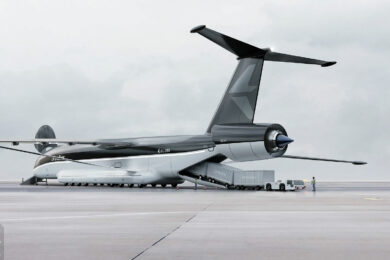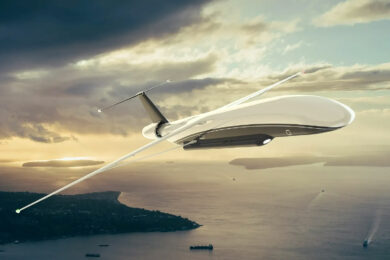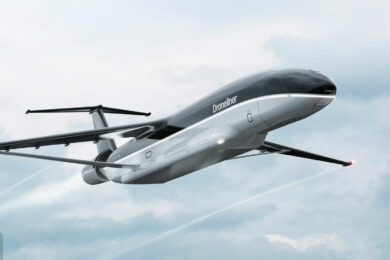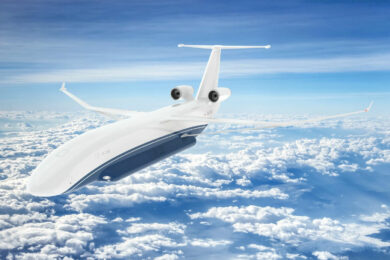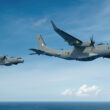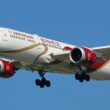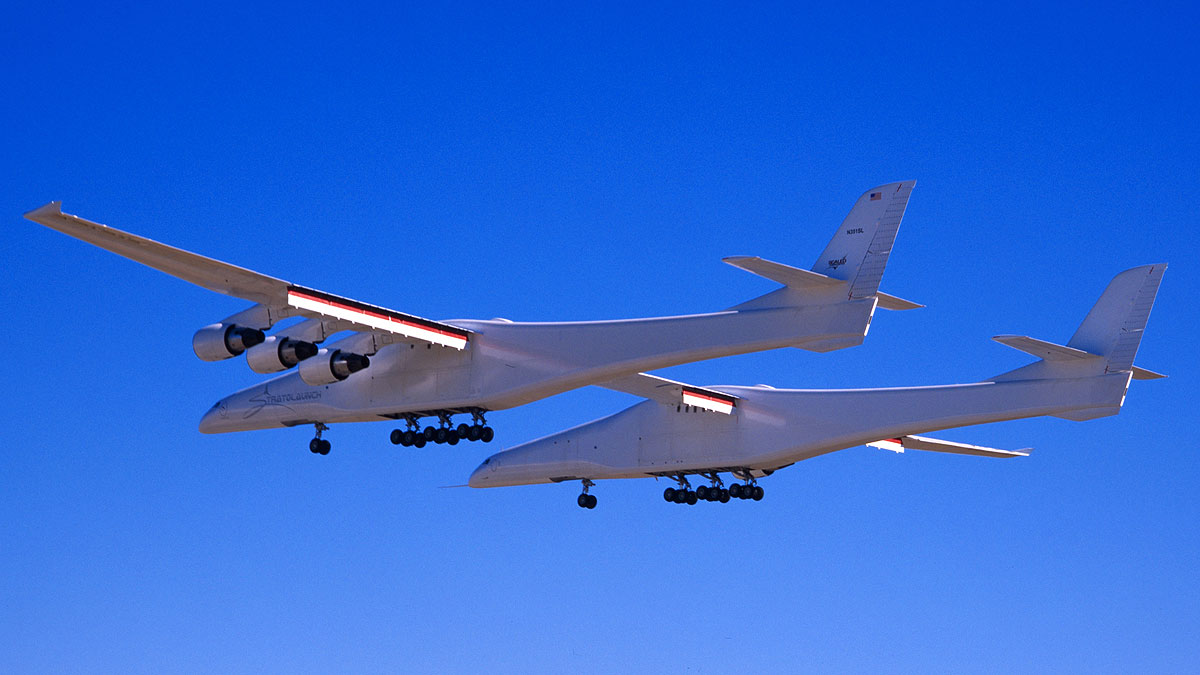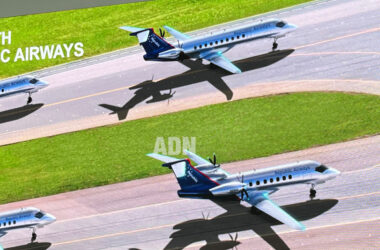Imagine a plane that is capable of carrying 350 tons of cargo, or 100 tons more than the famous Antonov An-225, the largest plane ever built. We would certainly have an even larger aircraft in mind, but the DL350 is very different from that.
The aircraft is a drone of gigantic proportions, however, with a simpler and lighter design. The proposal, along with the smaller DL200 version, was made by the British company Droneliner, which advocates the use of autonomous aircraft for air cargo.
According to the start-up, current cargo planes are inefficient because they were originally developed to transport passengers. Their circular section fuselages do not accommodate loads adequately and handling is also expensive and complex.
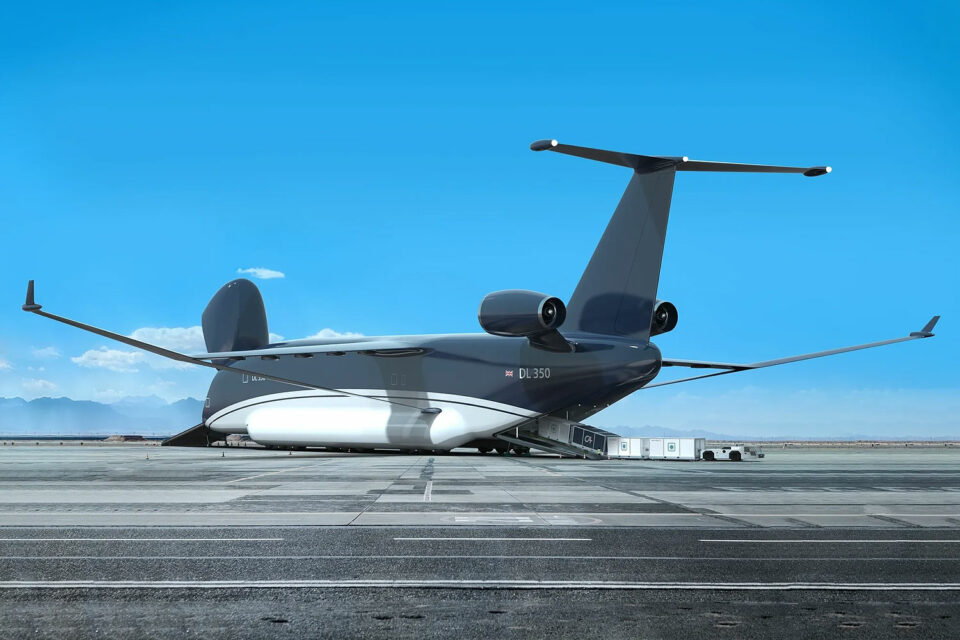
For this reason, the huge cargo drones feature a rectangular fuselage with front and rear access, like military transport aircraft.
The DL200, capable of transporting 160 to 200 tons, has two decks where 36 to 40 containers of lighter material than the current ones can be accommodated. The largest DL350 can accommodate 70 to 80 containers on its three floors and take off with 300 to 350 tons of payload.
Follow ADN: Instagram | LinkedIn | Twitter | Facebook
In common, the two planes have a range of 6,500 nautical miles (12,000 km), enough to cover most high-demand cargo routes.
The fact that they are not designed to support life makes autonomous aircraft lighter as there is no need for pressurization and cockpit installation, among other systems and equipment.
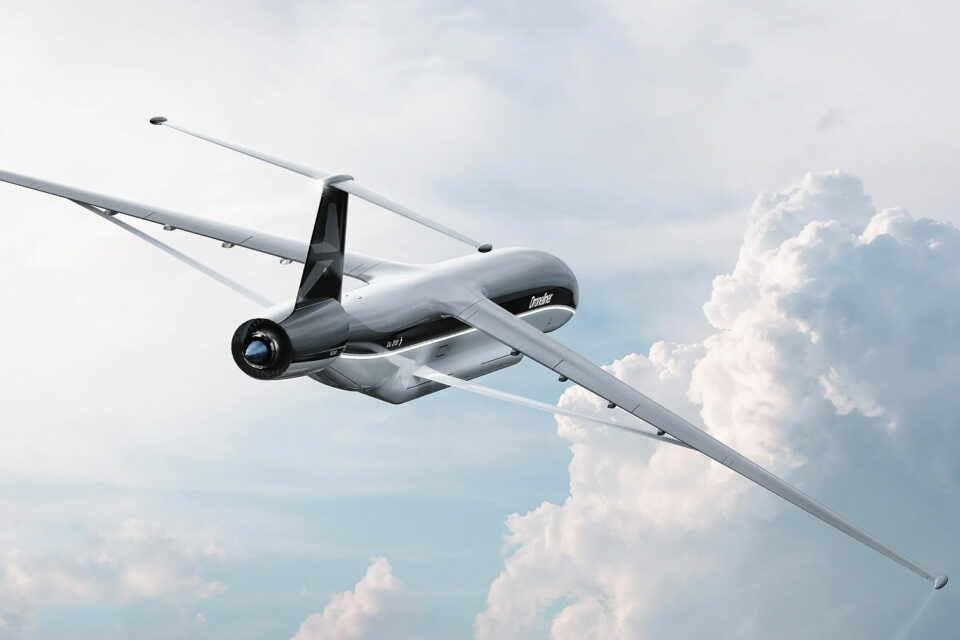
Truss-Braced Wing
The configuration of the DL200 and DL350 makes use of technologies currently under development and this perhaps lies the fragile aspect of the project.
The aircraft is based on the Truss-Braced Wing concept, which NASA will evaluate in flight on an MD-90 adapted by Boeing. These are extremely thin wings, supported by diagonal struts, which could provide fuel savings of around 30%.
However, the project is still in its initial phase and needs to be proven. The company, however, plans to install small electrical generators at the tips of the wings, called “Wingmill”.
Another innovation in drones is the use of Ultrafan and GE9X engines, turbofans with a very high dilution ratio and huge diameters, but only the GE unit is close to entering service with the Boeing 777X.
The DL350 will have two engines installed in struts at the rear of the fuselage while the DL200 has a more exotic solution, with a single engine in the tail.
To make them more efficient, Droneliner designed the drones to fly on SAF (Sustainable Aviation Fuel) and hydrogen. The plan is for the aircraft to perform multiple tasks using a hybrid set.
The aircraft also feature a landing gear with 8 to 9 wheel axles installed in the fuselage belly. They will have independent electric propulsion, again, to increase the efficiency of operation.
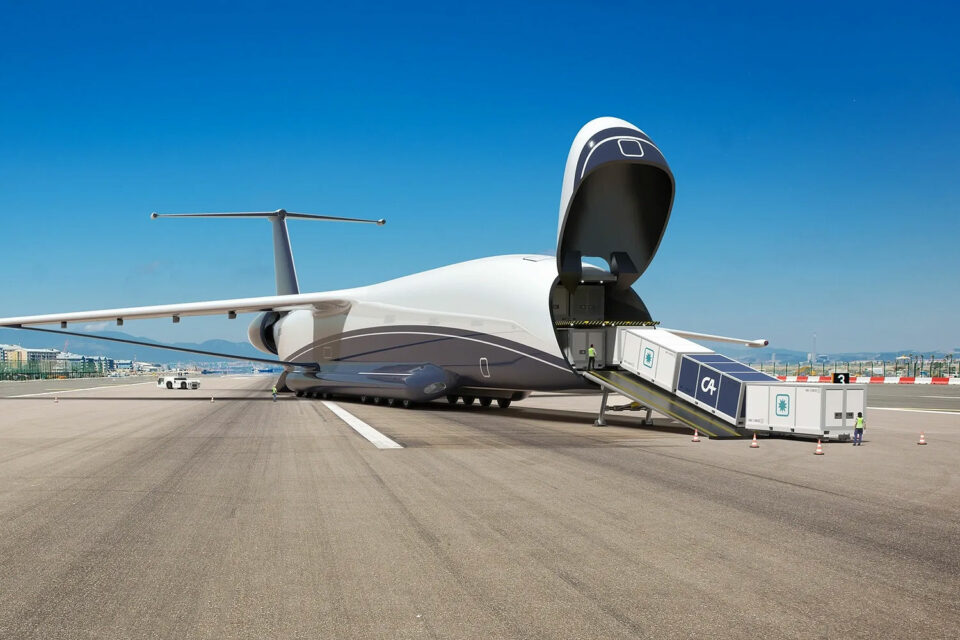
21 times more economical than current freighters
Droneliner has not yet released the dimensions of the two autonomous cargo planes but it is quite likely that they will not exceed the size of jets such as the Boeing 747 or the Airbus A380 in order not to require changes at airports.
The maximum takeoff weight of the DL200 (350) is similar to that of a Boeing 777F while the DL350 would have an MTOW of 600 tons, similar to the An-225.
The company claims that drones will be able to offer ton/kilometer efficiency up to 21 times greater than converted aircraft and it is no surprise that Droneliner places the DL200 and DL350 as alternatives for maritime transport.
Furthermore, Droneliner promotes autonomous aircraft in military applications, as alternatives to the heavy freighters in operation in the air forces.


